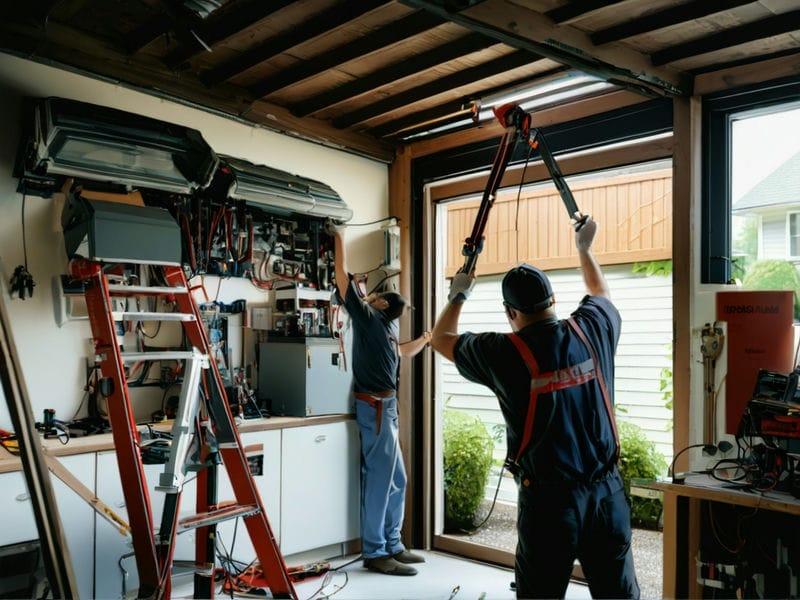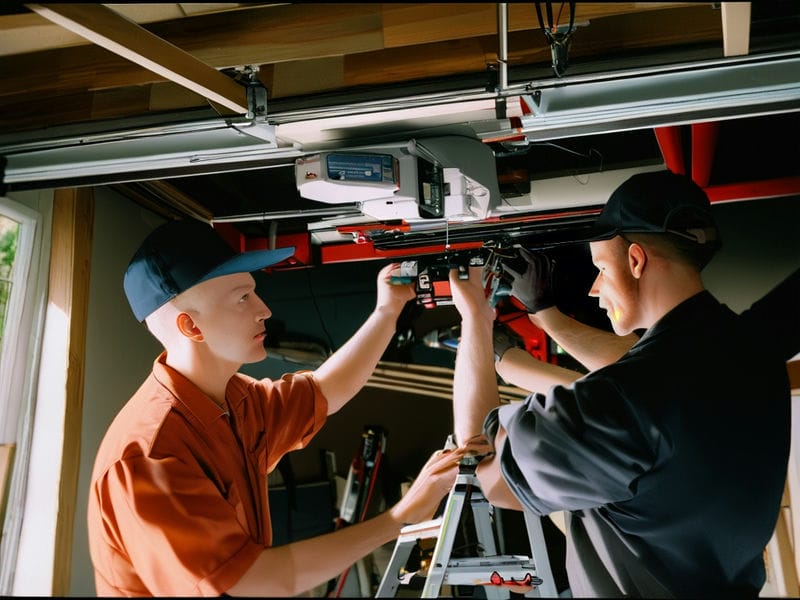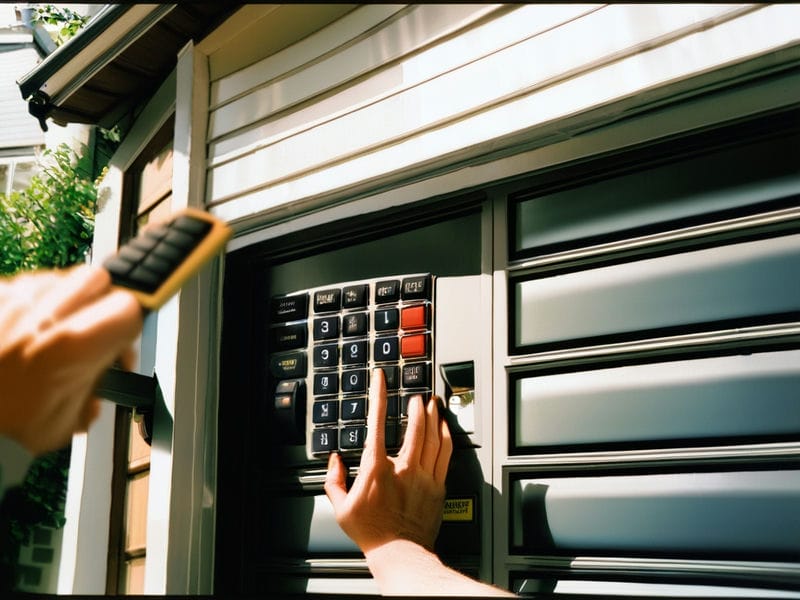
Best Practices for Heating and Cooling Your Garage
Explanation of how poor insulation can lead to energy loss and increased utility bills
When it comes to making the most of your garage space, insulating the walls and ceiling is a key step in creating a comfortable environment year-round. Our team offers same-day garage door repair Improving Garage Insulation for Better Energy Efficiency light-emitting diode. We install energy-efficient garage doors garage door spring repair do it yourself. By adding insulation, you can help regulate the temperature inside your garage, making it more energy efficient and cost-effective to heat or cool.
Insulating your garage walls and ceiling helps to keep heat from escaping in the winter and prevents hot air from seeping in during the summer months. This not only ensures that your garage stays at a consistent temperature, but also helps reduce strain on your HVAC system, ultimately saving you money on energy bills.
There are various types of insulation materials available for garages, including fiberglass batts, foam boards, and spray foam. It's important to choose the right type of insulation based on factors such as climate, budget, and existing construction of your garage.
In addition to insulation, proper ventilation is also crucial for maintaining a comfortable environment in your garage. Installing vents or fans can help circulate air and prevent moisture buildup, which can lead to mold growth and other issues.
Overall, insulating the walls and ceiling of your garage is an essential step in creating a more functional and enjoyable space. By taking these measures to regulate temperature effectively, you can ensure that your garage remains a versatile area for storage, hobbies, or even additional living space.


